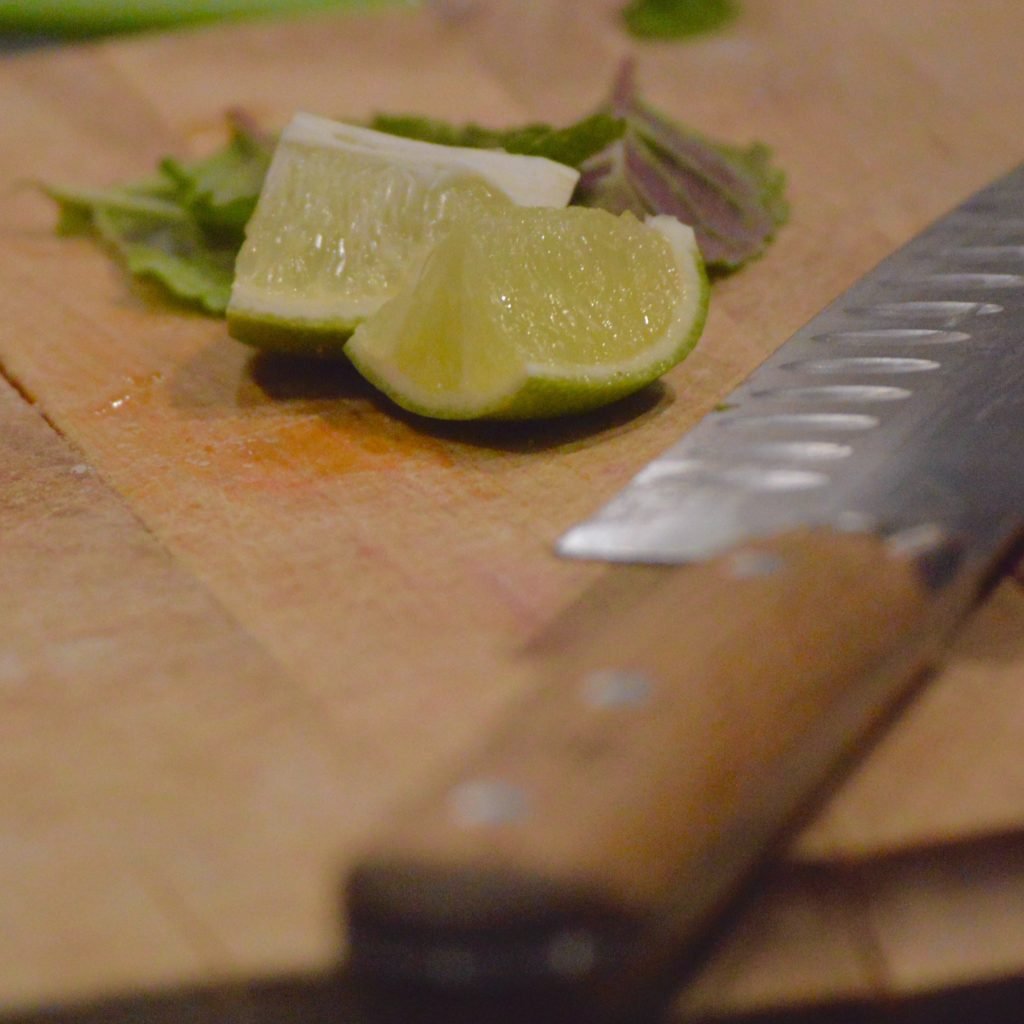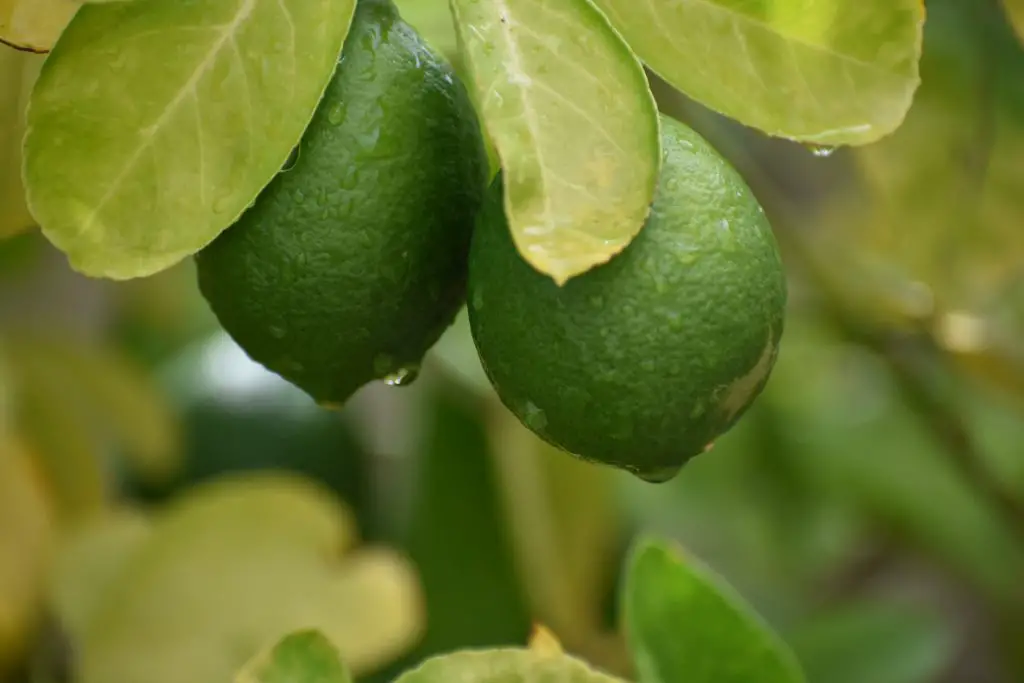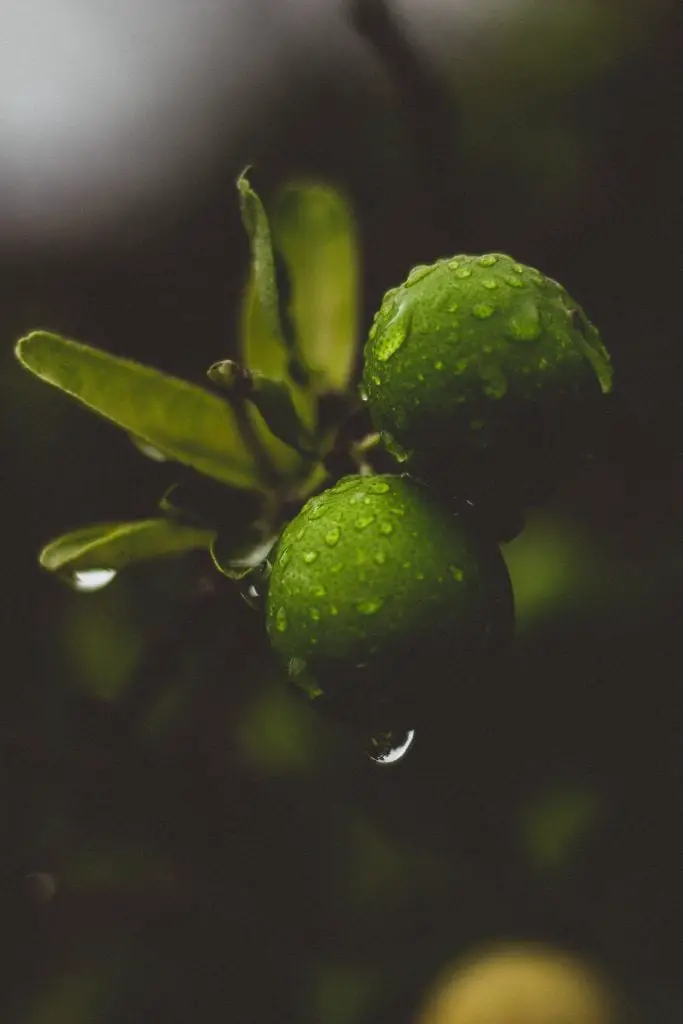How Much Does A Lime Tree Produce? A Lime tree is a tremendously useful plant to have in your yard at home. They can produce juice, zest, or leaves for flavoring drinks and Asian dishes so if you are a fan of making Thai food at home you may want to consider planting a Lime tree.
The volume of fruit produced by a Lime tree is largely dependent on the variety of Lime grown. A fully mature Tahitian Lime tree will produce around 120 lbs (60 kg) of fruit whereas the grafted finger lime trees will produce a yield of 44 lbs (20 kg) and the Mexican Lime (aka the key lime) will produce around 10 lbs (9.5 kg). However, for these yields to be achieved the trees typically need to reach 5 to 7 years of age.
The other variety that is grown commercially is the Kaffir Lime, most commonly in Indonesia, for its leaves rather than its fruit. According to the 2019 study published Journal of Tropical Crop Science a tree will produce 100 grams of leaves per tree.
Which Is The Best Variety Of Lime To Grow?
If you have to select just one lime to grow for me it would have to be the Tahitian Lime. Apart from the superior yield of the Tahitian, it has a few other characteristics which make it the best all-around Lime.

The first advantage is that the Tahitian Lime fruits year-round, however around 70% of the crop matures from Mid Spring to mid-Autumn. Whereas most other limes have a defined fruit season that is usually around Autumn.
The second key advantage is that they are more gardener friendly than other varieties because they are virtually thornless and the fruit is a good size and mostly seed free. Additionally, the fruit is suitable for both juicing and zesting.
However, if you really want to try something different it is worth having a look into Finger Lime. It is native to Australia and grows in the same climates as the other citrus trees, making it suitable for growing in zones 9 to 11. There are several cultivars that produce finger-shaped Limes with different colored flesh which are listed below. To learn more about lime finger limes click here to see a 5 minutes story on them from Gardening Australia.
Common Varieties of Finger Lime
- Finger Lime ‘PINK ICE’ Citrus australasica
- Finger Lime ‘JUDY’S EVERBEARING’ Citrus australasica
- AUSTRALIAN RED CENTRE LIME Citrus ‘Australian Blood’
- ‘AUSTRALIAN SUNRISE LIME’ Citrus cv.
- DESERT LIME Citrus glauca
How To Grow Lime Trees
Lime trees are a relatively easy tree to grow provided that the region you live in has a relatively mild climate where there are only light frosts. Additionally, another key requirement for growing limes is that the soils need to be relatively free draining as all citrus trees will struggle in boggy soils.
If you are planning to plant a tree the first thing to consider is the location of the tree. Limes require at least 6 to 8 hours of direct sunlight to produce a harvest though more is preferable. In addition to this, a sheltered position is preferred as exposure to strong winds can affect the quality of pollination which can in-turn affect the yield of the tree.

Soil Conditions
The other important factor is the soil conditions, Lime trees require moist but well-draining soil that has plenty of organic matter added and a pH between 6.0 to 7.0. To test the pH of the soil it is best to use a pH meter because it is easier and cheaper to use than a pH kit with indicator strips. To see the latest prices on Amazon click here.
If you find that the pH is outside the desired range it can be adjusted by the addition of either lime (the chemical) or sulfur. Lime will increase the pH while sulfur will lower it. When adding either of these chemicals to the soil it is important to mix them well into but be aware that in the case of sulfur the effect on pH may take some months to appear.
If you live in a region that has clay-based soils that are heavy and retain moisture the soil will also need to be modified to avoid problems. All citrus trees including Limes are susceptible to root rot if they are exposed to consistently wet and boggy conditions.
To reduce the chances of having problems in heavy soils it is necessary to incorporate gypsum into the soil as it will help break up the clay. Additionally, it is advisable to large amounts of compost as that will also serve to reduce its water holding capacity.
However, when modifying the soil it is also necessary to modify the surrounding area around the tree otherwise it is likely that the soil will still remain quite wet. An area that is approximately 3ft (90 cm) around the plant is usually sufficient to reduce problems. It is also beneficial to elevate the plant within a mound of soil as this will improve drainage around the root-ball of the tree.
How To Plant Lime Trees
When planting citrus trees the best time is in Spring once the chance of a severe frost has passed, though the tree can tolerate light frosts. The reason spring is ideal for planting is that it provides an opportunity for the root system of the tree to develop which makes it more resistant to the dry conditions of summer.
To plant the tree start by digging a hole approximately twice the width and depth of the container the tree came in. When removing the tree from its container lightly tease out roots as this will help the tree establish more quickly. However, if the tree has spent too long in a container and the roots have begun to go around in circles at the base of the pot it will be necessary to cut or break these large roots. Doing this will encourage the plant’s roots to grow outward into the surrounding soil.

Plant the tree at the same depth as it was in the original container and then backfill the hole with soil firming it in with your heel. This will ensure that there are no air pockets around the root ball. At the point of planting do not be tempted to add any fertilizer to the base of the hole as this will likely burn the trees’ roots.
Caring For Lime Trees
Once the tree is planted water it in well and then cover the surrounding soil with a thick layer of mulch, around 4 inches (10 cm) is ideal, to help retain moisture in the soil. However, when applying the mulch do not allow it to come into contact with the trunk of the tree as this can cause collar rot.
Throughout the first growing season, it will be necessary to ensure that the tree is regularly watered to keep it moist. However, once the root system has become established the frequency of watering can be reduced. A deep watering once every two to three weeks is usually sufficient in most cases.
As Lime trees are heavy feeders it is best to apply fertilizer every 2 to 3 months in the growing season. Many people recommend a specific citrus fertilizer however I have found that general-purpose chicken manure pellets work just as well. When applying the fertilizer it should be spread around the drip zone of the tree.
As the tree begins to grow and develop it will be necessary to prune the tree to maintain its shape and removed any dead or diseased branches. While there is no specific pruning regime that needs to be implemented you may want to consider the desired shape carefully as it can affect the appearance and productivity of the Lime. One space-saving technique to be considered is to espalier the tree as it will save space in your yard. To read more about creating an espalier from a Lime tree click here.
Harvesting Fruit
The timing of when Limes are ready to pick is greatly dependent upon the type of lime grown. Mexican and Kaffir Limes will typically fruit be from Autumn to mid-Winter. Australian finger Limes fruit from mid-summer to early winter whereas Tahitian Limes will fruit year-round with the heaviest cropping period being between mid-spring to early summer and also mid-Autumn to early winter.
When selecting the fruit from the tree there are two schools of thought, the first is to pick them when they are not quite ripe, in the green form, which is what is sold in the grocery store, or allow them to yellow. If the Limes are allowed to yellow they will become sweeter and general juicer but still retain that distinctive lime flavor.
When removing fruit from the tree care should be taken to avoid damaging the branches, it is recommended that the fruit be twisted rather than pulled from the branches. Once picked the Limes will store in the fridge for several weeks provided that the fruit is not damaged or bruised.
